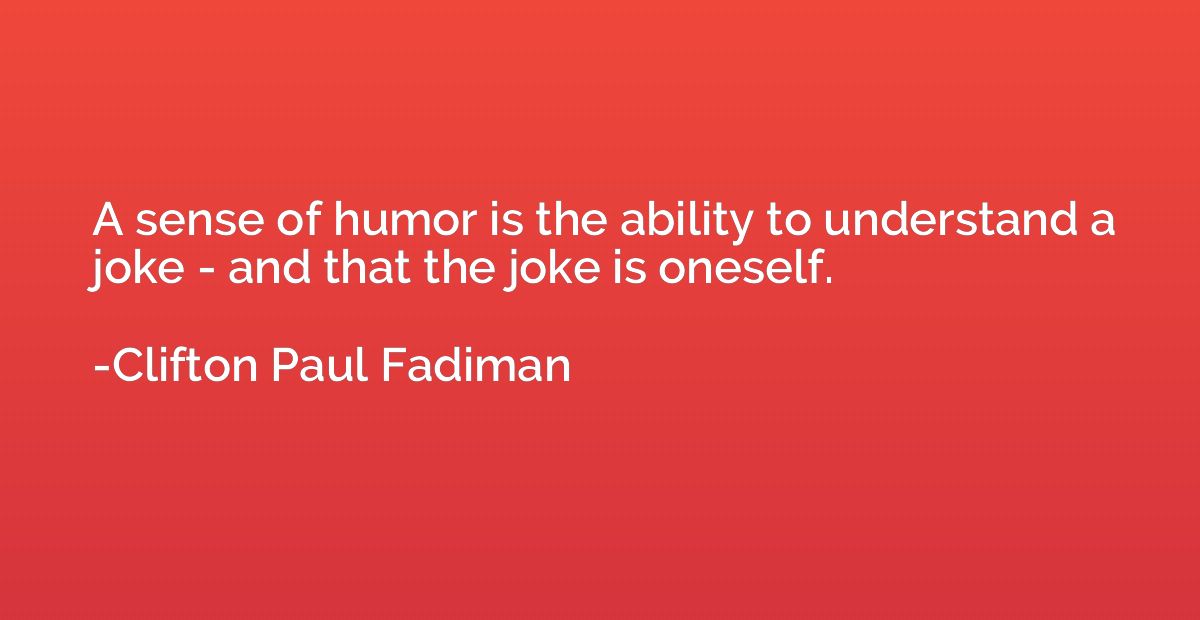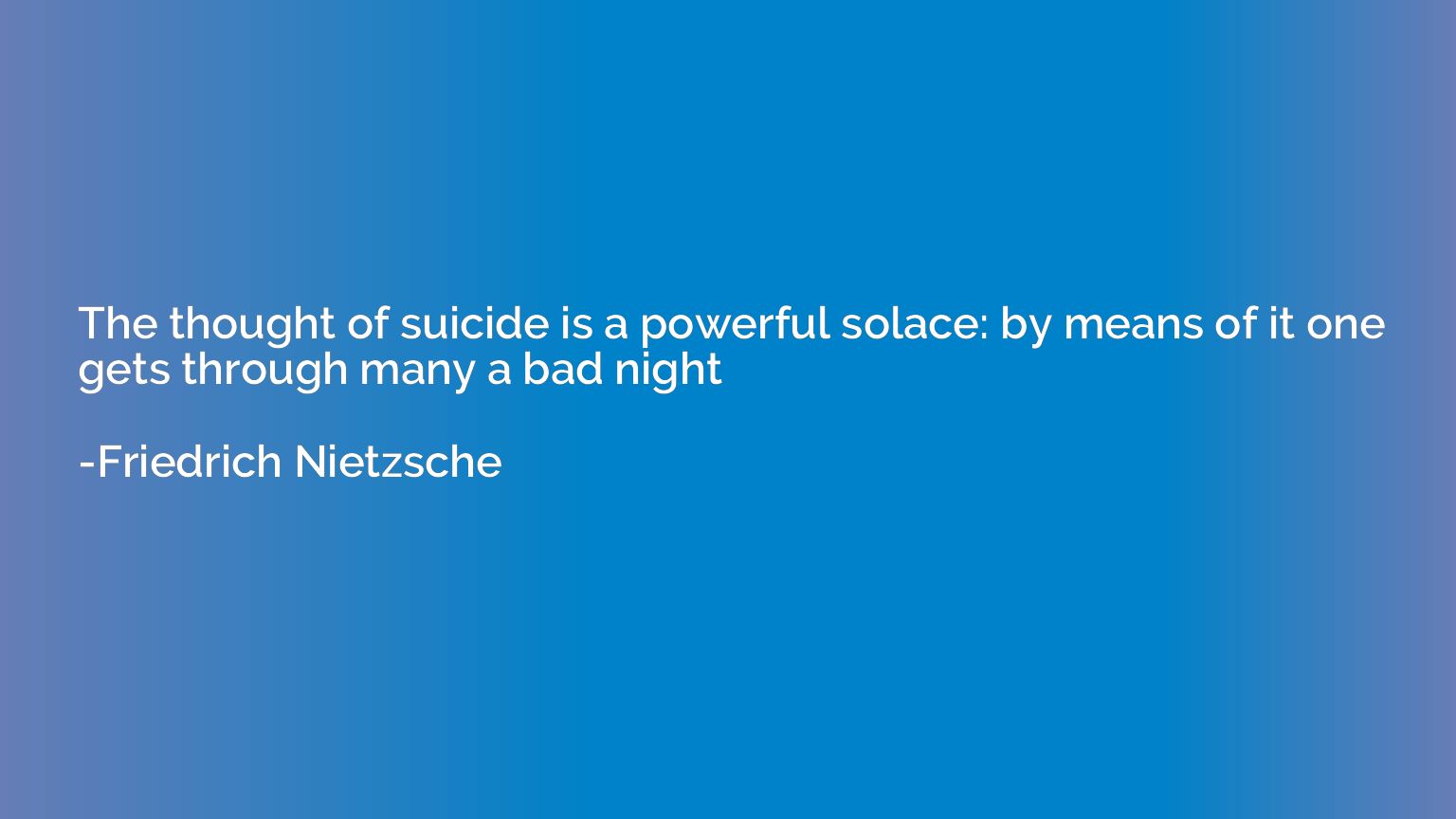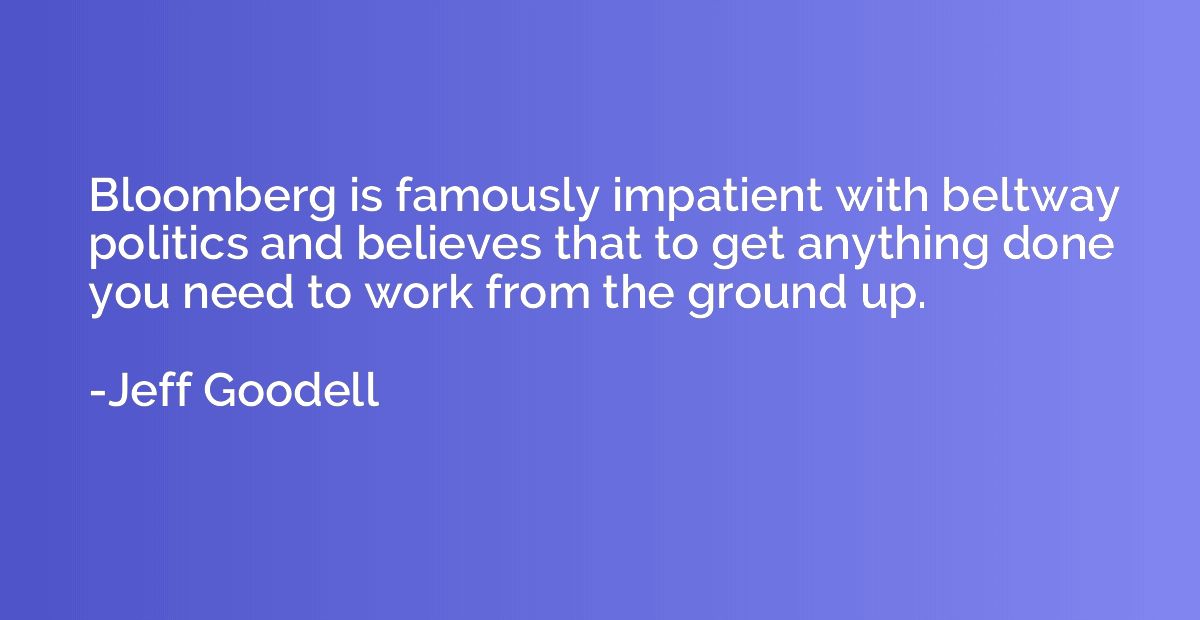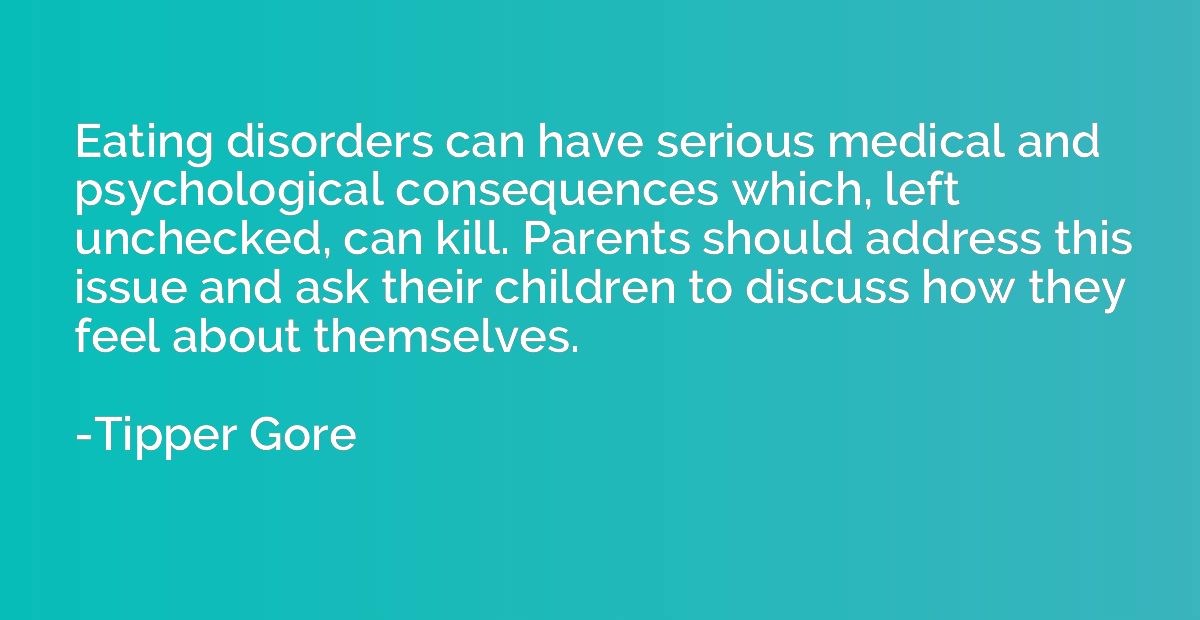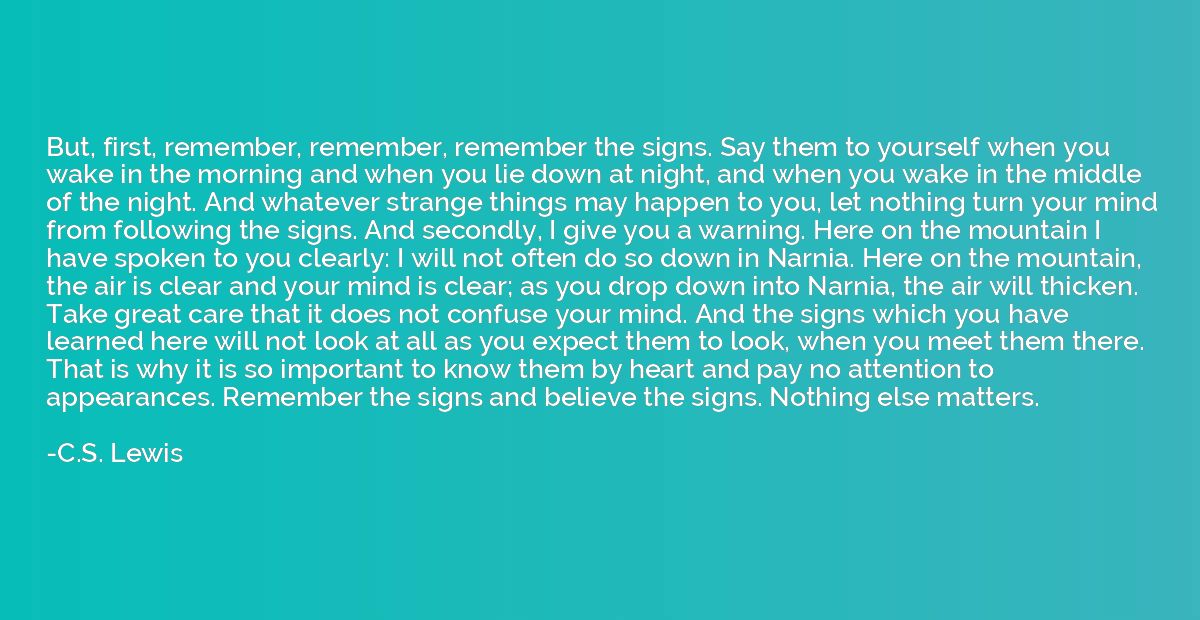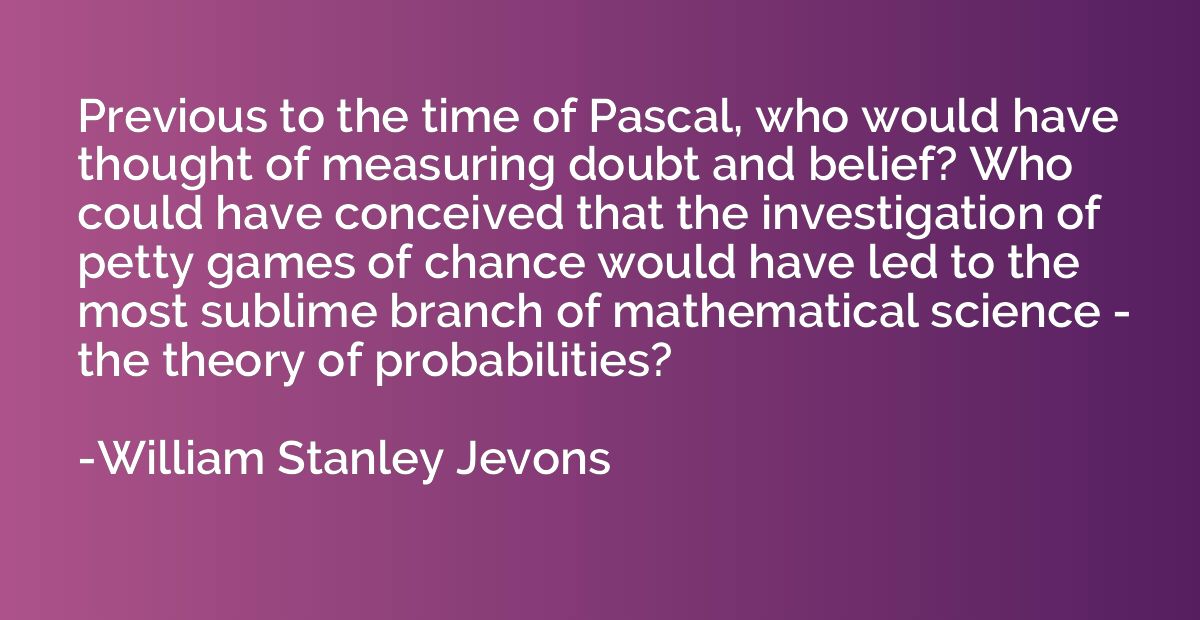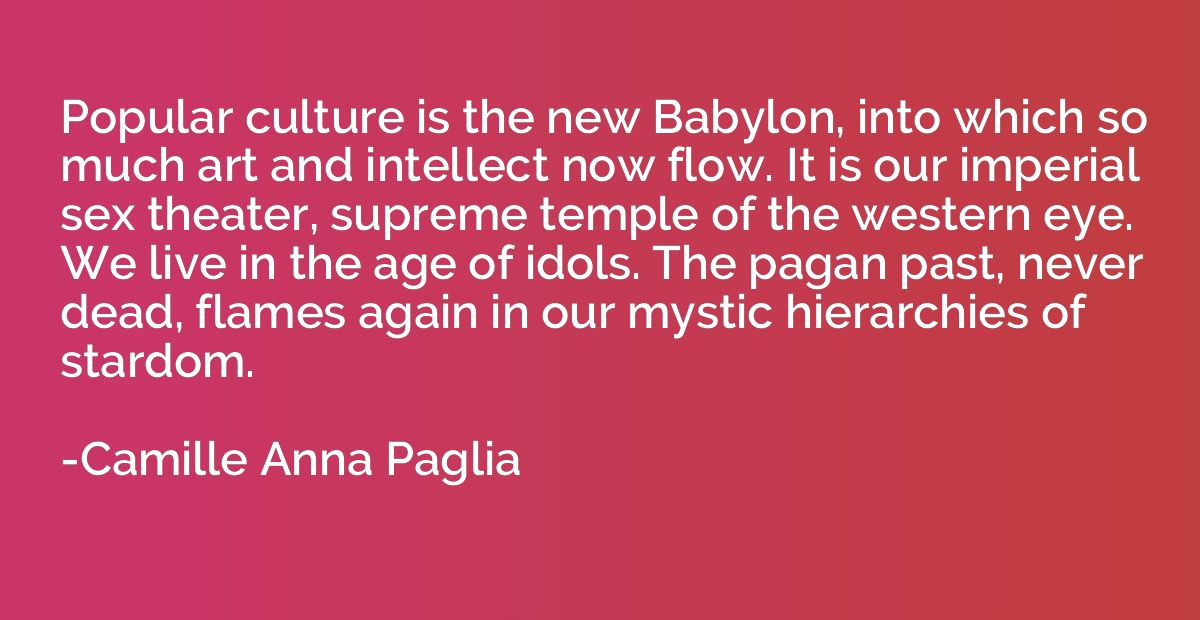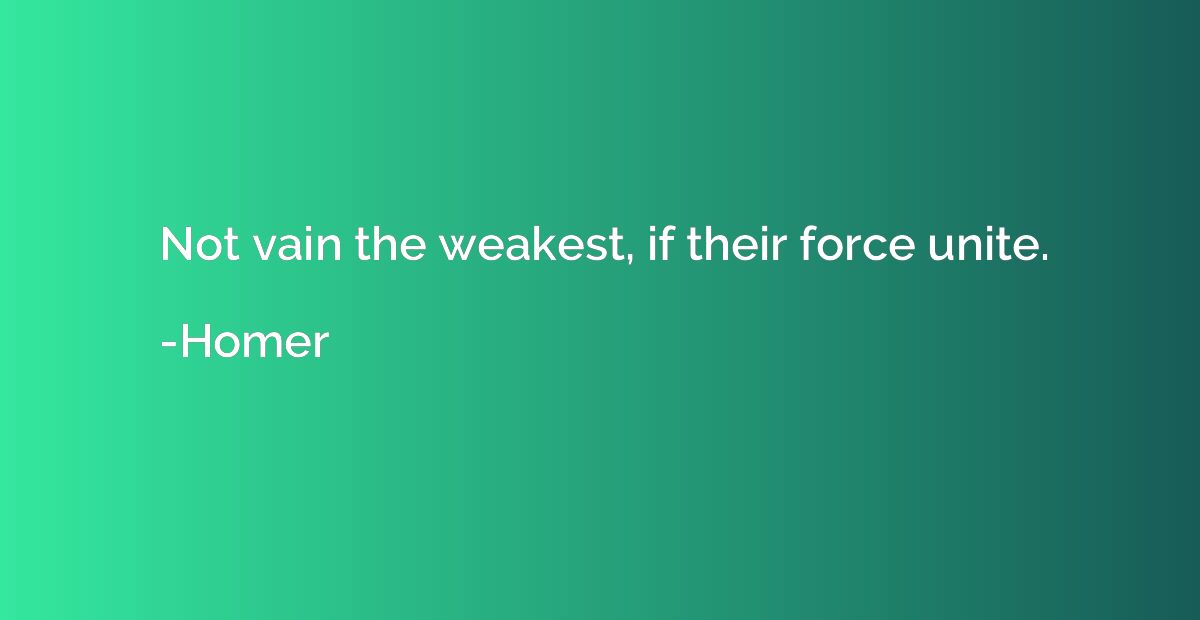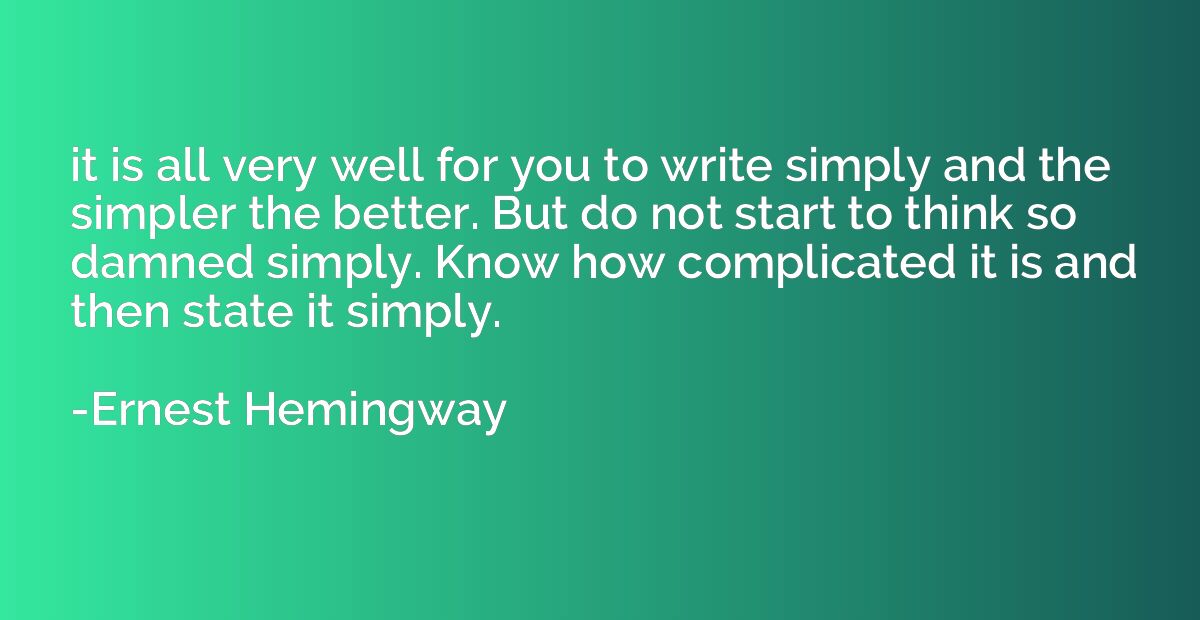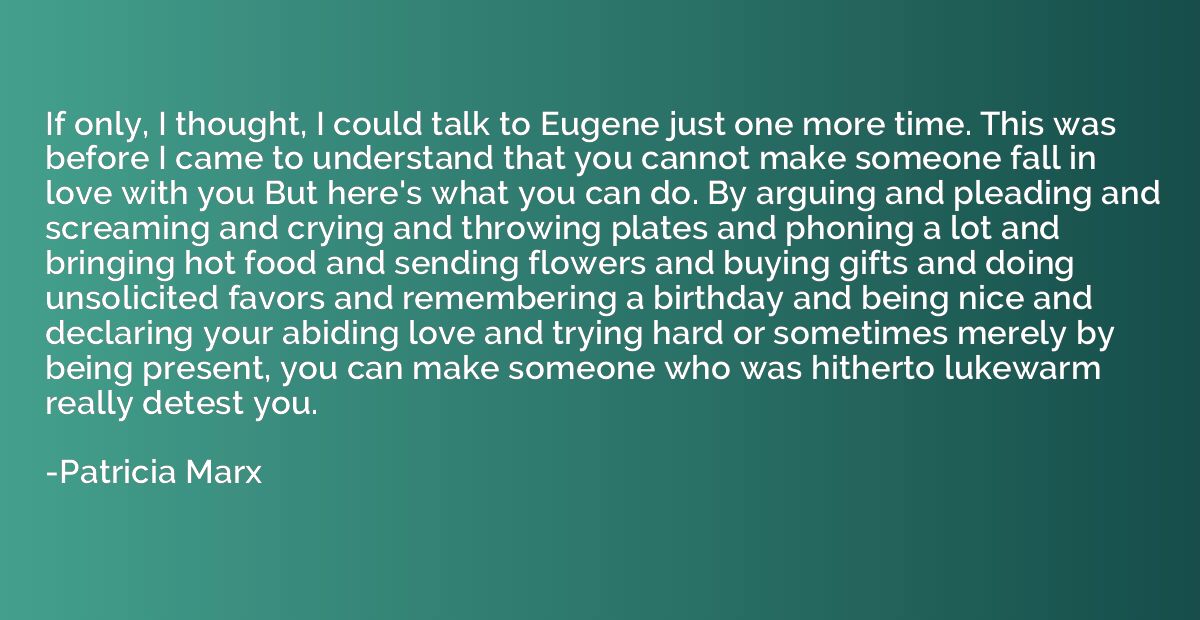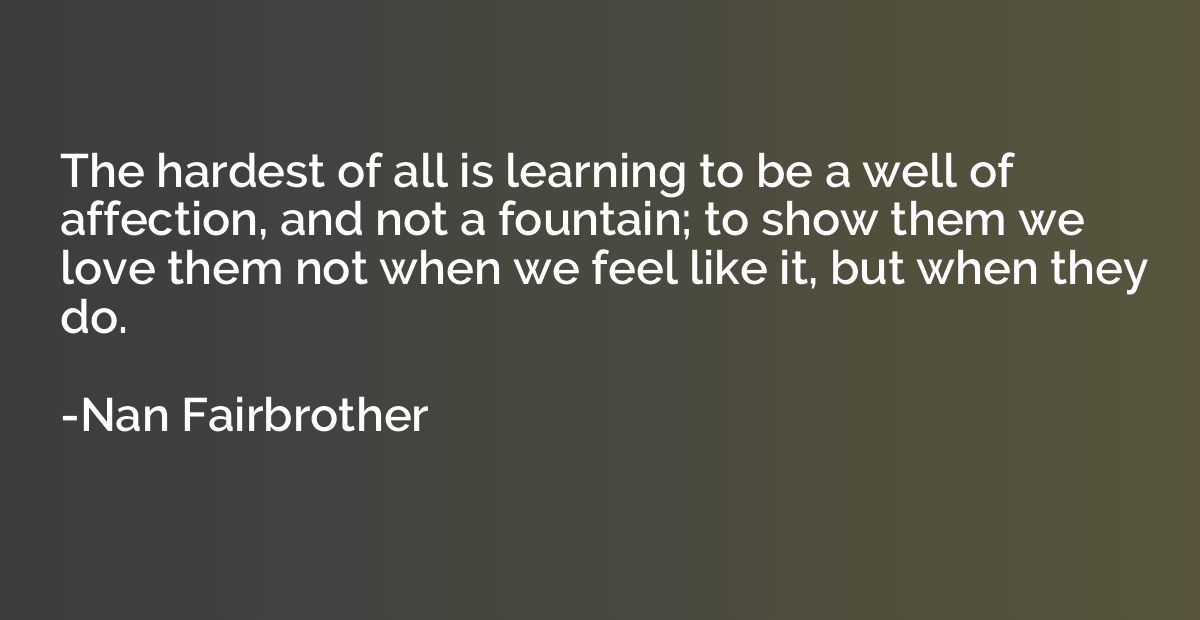Quote by Carl Hiaasen
Nobody with an IQ higher than emergency-room temperature could ever believe that 'death panels' would be appointed to nudge the elderly toward euthanasia. Yet for idle entertainment, it's hard to beat Sarah Palin's ignorant nattering on the subject.

Summary
This quote criticizes Sarah Palin's belief in the existence of "death panels," sarcastically suggesting that no one with a high level of intelligence would believe such a concept. It implies that Palin's remarks on the topic are foolish and uninformed, making her remarks enjoyable to mock or dismiss. Ultimately, it highlights the perception that Palin's comments on euthanasia and the involvement of death panels are devoid of factual basis and lacking in credibility.
By Carl Hiaasen



